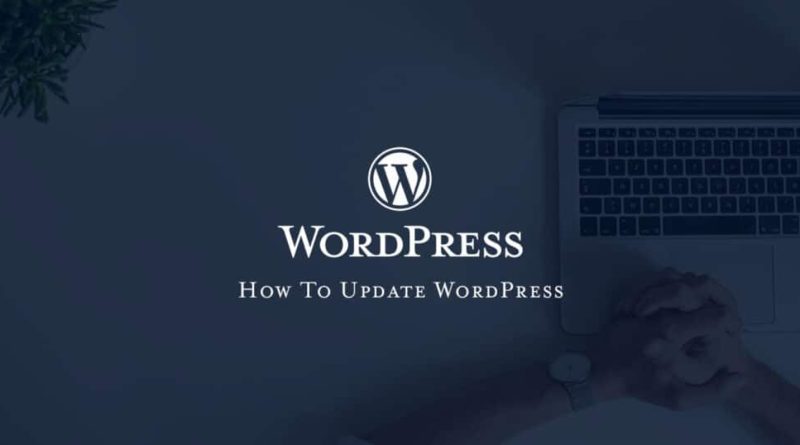Do WordPress Updates Services Break Your Website? How to Avoid Common Pitfalls
WordPress updates are essential to keeping your website secure, fast, and compatible with the latest features. However, many site owners worry that updates may break their site, disrupting functionality, themes, or plugins. While this concern is valid, proper precautions can prevent issues and keep your site running smoothly.
Here’s how to avoid common pitfalls when using WordPress Update Services:
1. Backup Your Website Before Updates
The first rule of avoiding update-related disasters is to always create a full backup. This includes your files, database, themes, plugins, and media files. If an update does cause issues, you can quickly restore your site to its previous state.
Use tools like UpdraftPlus, Jetpack, or your hosting provider’s backup service to ensure your site is safe.
2. Check Compatibility with Themes and Plugins
WordPress updates, especially major ones, may not always play nicely with your existing themes and plugins. Plugin and theme developers need time to update their products for compatibility.
To avoid issues:
- Check whether your theme and plugins have been recently updated and tested with the latest version of WordPress.
- Review plugin changelogs for compatibility notes.
3. Test Updates in a Staging Environment
One of the safest ways to avoid breaking your live website is by testing updates in a staging environment. A staging site is a clone of your live site that lets you safely apply updates without affecting your visitors.
Many hosting providers, such as SiteGround or WP Engine, offer staging environments as part of their service. You can test WordPress core, plugin, and theme updates there to ensure everything works correctly before rolling out the changes live.
4. Use Reliable WordPress Update Services
While automatic updates may seem convenient, they can introduce risks if not managed properly. Instead, use trusted WordPress maintenance services or plugins that handle updates carefully, such as:
- ManageWP: This tool allows you to schedule updates and monitor your site for issues.
- WP Buffs or GoWP: Professional services that handle updates and maintenance, offering additional support if something goes wrong.
5. Monitor Your Site Post-Update
Even if everything appears to run smoothly after an update, some issues might not be immediately visible. It’s crucial to monitor your site’s performance, functionality, and user experience in the hours and days after applying updates. Check for:
- Broken links or pages.
- Performance slowdowns.
- Plugin errors.
Use tools like Google Search Console or a third-party service like Pingdom to monitor uptime and alert you to potential issues.
6. Update Regularly, But Cautiously
Delaying updates increases the risk of security vulnerabilities, but rushing into updates without preparation can lead to problems. It’s best to strike a balance: update regularly but take time to follow best practices.
Enable automatic updates for minor security patches, but handle major version updates manually with backups and testing.
Final Thoughts
WordPress updates are essential for the health of your website, but they don’t have to break it. By following these steps—backing up your site, testing in a staging environment, and using reliable services—you can minimize risk and keep your site secure and functional.
Take a proactive approach to updates, and your WordPress site will remain stable, secure, and fast.

